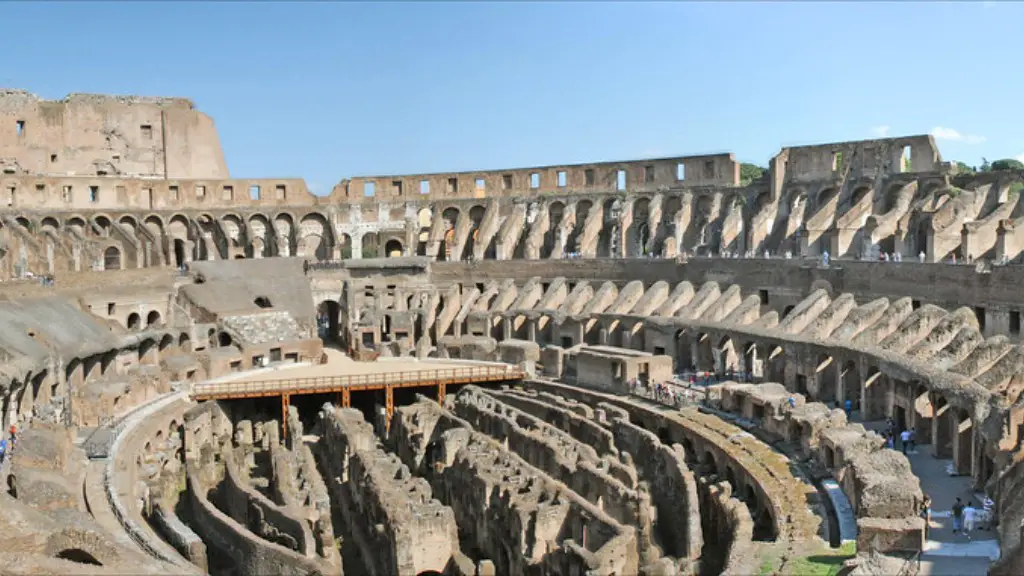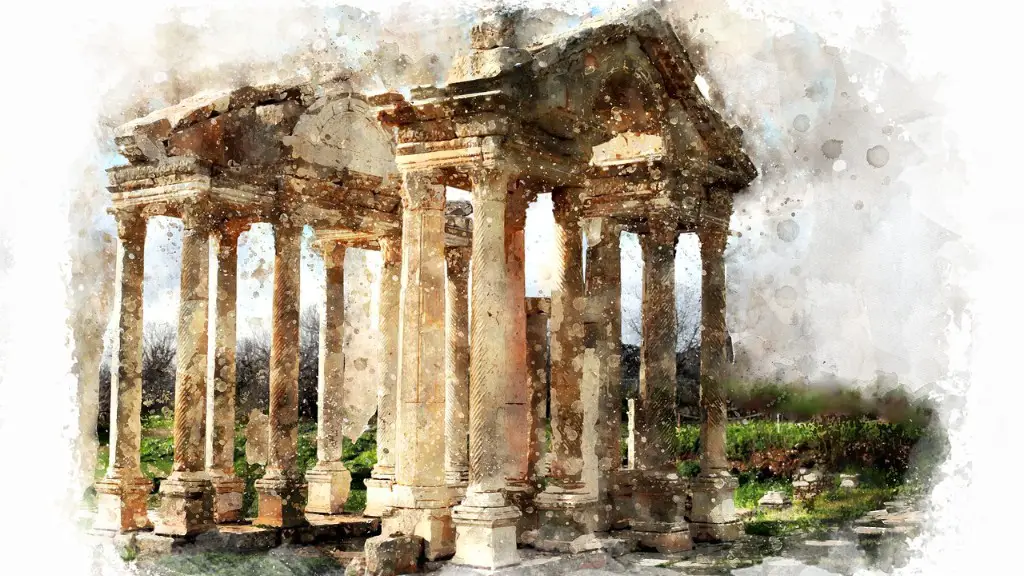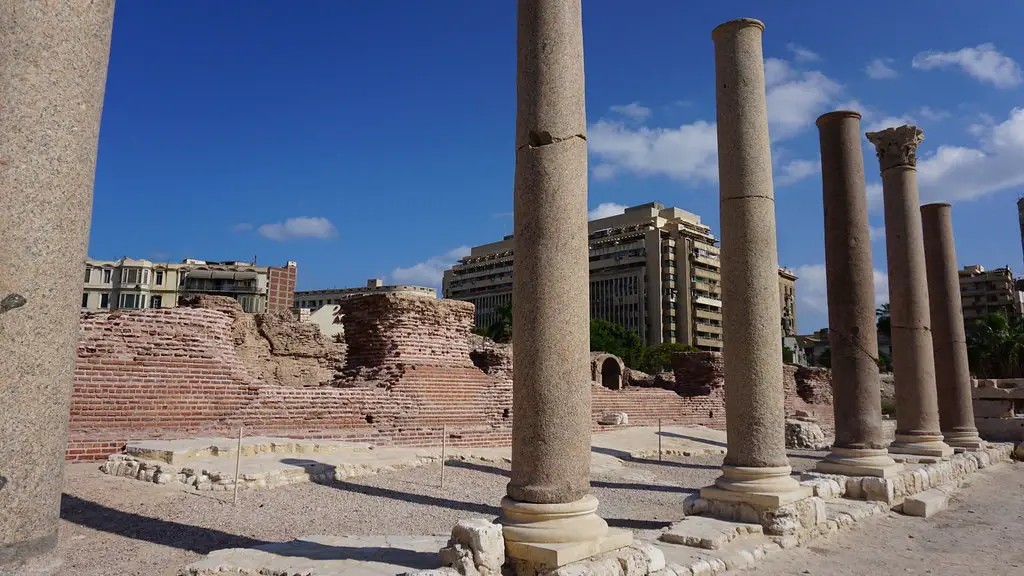The ancient Romans spoke Latin, the language descended directly from the early Proto-Indo European language group. For hundreds of years, Latin was the international language of Europe and was used as the official language in Rome and the Roman Empire. Latin remained a major language until the Middle Ages, when language dialects emerged and Latin evolved into the Romance languages, such as Spanish, French, Italian, Portuguese and Romanian.
Latin was a major influence in the development of the languages that we use today, including English. In the modern world, Latin words remain a part of everyday language, and the language is the origin of most of the Romance languages. Latin is still used in religious settings and for scientific and legal terminology, which explains why it remains a popular language today.
The Roman Empire was the dominant force in Europe for almost one thousand years, the Roman language greatly influenced the development of Europe’s political, cultural and literary life. Latin was the language of government and commerce, and it was commonly spoken and written by the upper classes. Latin scholars were important throughout Europe and the language was used in education and literature from the earliest days of the Roman Empire.
The Latin language also formed the basis for many of the world’s most influential languages, such as Spanish and French, and continues to form the basis for many language families. Latin has influenced many other languages, such as Romanian and Italian, and modern English contains hundreds of Latin words, mostly from words in the science or legal fields.
Today, Latin is still studied and used by scholars, lawyers, and scientists around the world, and it is still the language used in religious services in the Roman Catholic Church. Latin is also part of the required curriculum in many schools and universities, and is often taught as a foreign language. Latin is also used in medical and scientific fields, where Latin terms are used to understand medical terminology and scientific terms.
Latin literature remains a major influence in the modern world, and is a source of inspiration for many writers and poets. It has also influenced the works of many famous authors, including J.R.R. Tolkien, George Orwell and Ernest Hemingway. Latin remains an important part of western culture and a living language, although it is no longer widely used in everyday life.
The Spread of Latin in the Ancient World
The ancient Romans were very successful traders and businessmen, and their language and culture spread throughout the Mediterranean, the Near Eastern countries and beyond. As the Roman Empire and its language spread across Europe and other regions, Latin became the language of much of the ancient world.
The Roman Empire was home to a wide variety of languages and cultures, but Latin was the language of commerce, education, and governance. Latin was used during trade negotiations and in transactions, and it was widely used in official correspondence. Latin also formed the basis for writing in many languages, and it was used to write down information on coins and monuments. Latin was also used as the language of literature and scholarship, especially after it was adopted by the Roman Catholic Church.
Latin eventually became the language of law, science, education, and administration throughout the Roman Empire and beyond. Its influence extended to other countries, such as Britain and Gaul, where Latin was adopted as the official language of government and history. Latin remained the official language in many countries until the Middle Ages.
The Decline of Latin
The decline of Latin began with the fall of the Roman Empire and the end of its unified rule. As Latin ceased to be the dominant language, its influence was replaced by regional dialects, which eventually developed into modern Romance languages. Latin eventually evolved into French, Spanish, and Italian.
The spread of Christianity and the Roman Catholic Church also had an impact on the decline of Latin, as Latin was gradually replaced by vernacular languages in religious services. Latin was still a major language in the early modern period, especially after the Renaissance, but its influence waned with the emergence of new languages, such as French, Spanish, Portuguese, and English.
In recent years, Latin has become increasingly important due to its role in scientific and legal terminology. Latin words, phrases, and concepts have been adapted into modern English and other languages, and Latin phrases are often used in legal proceedings and in medical and scientific texts.
Latin is also still studied and used in educational settings, and has become increasingly popular in the last few decades. Latin remains a major language in modern culture, and is used in religious services, legal proceedings, and scientific research.
Latin In Modern Culture
Latin has had a major influence on modern culture, particularly with regard to language, literature, and religion. Many Latin phrases and terms are used in everyday language, and Latin words are often used to describe concepts and ideas. Latin is also used in legal proceedings, scientific research, and medical terminology.
Latin has been a source of inspiration for many writers and poets throughout history, and has had a major influence on academic thinking. Latin literature has been a major influence on the development of western culture and thought, and is a source of inspiration for many modern authors. Latin remains an important part of modern western culture, and its influence can be seen in many aspects of modern life.
Latin In Education
Latin is still studied in many schools and universities around the world, as it is seen to provide an important basis for understanding other languages and for developing higher-level thinking skills. Latin is often seen as an important part of a classical education, and it is still used in many areas of the academic world, such as law, science, and medicine. Latin remains an important part of the curriculum in many educational institutions, and is often taught as a foreign language.
Latin has had a major influence on many language families, including English, and it is still used in legal and religious settings. Latin has been a major influence in the development of culture and literature, and it is still an important language of communication, education, and research. Latin remains a living language, and it is still studied and used by scholars, lawyers, and scientists around the world.
The Future Of Latin
Although Latin is no longer spoken in everyday life, it is still studied and used by academics, scientists, and lawyers. Latin has had a major influence on the development of Europe’s political, cultural, and literary life, and is still an important part of the educational curriculum for many modern schools and universities. Latin remains a living language, and its influence can be seen in many everyday words, phrases, and concepts.
Latin is still studied and used in many fields, such as law, science, and medicine. Latin is still the official language of the Roman Catholic Church, and its influence can be seen in many aspects of modern life. Latin is a major source of inspiration for writers and poets, and it remains an important part of western culture and a living language.




